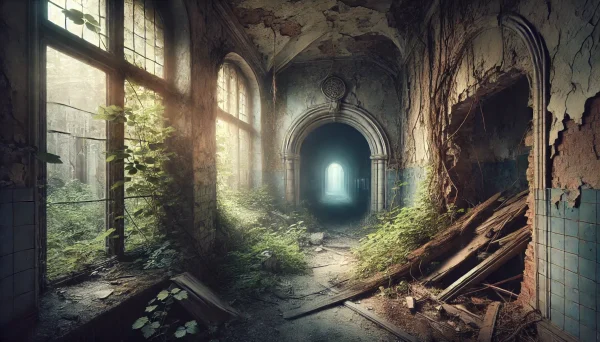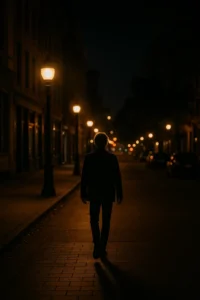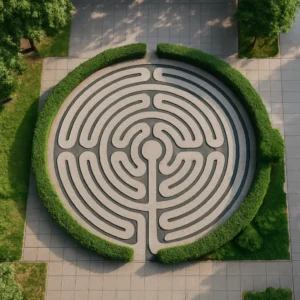Urban exploration, also known as urbex, is the practice of exploring abandoned buildings, underground tunnels, and hidden urban locations. It is a mix of adventure, history, and photography, attracting people who seek to uncover forgotten spaces and their untold stories. While the activity is thrilling, it requires responsibility, caution, and respect for the places being explored.
The Origins of Urban Exploration
Urban exploration dates back decades, but it gained significant popularity in the late 20th century. With the rise of photography and social media, explorers began sharing their discoveries, unveiling the beauty and mystery of abandoned places. Some of the earliest recorded urban explorers were interested in underground tunnels, catacombs, and disused industrial sites. Today, the community of urbex enthusiasts continues to grow, with people worldwide venturing into forgotten structures to document their decay and history.
The Appeal of Urban Exploration
Many urban explorers are drawn to the aesthetic of decay—crumbling walls, rusting machinery, and nature reclaiming man-made structures. These locations often have a haunting beauty, revealing the passage of time in a unique way. Some explorers seek adventure, while others are passionate about history and preservation. Exploring an abandoned hospital, a forgotten subway station, or an old factory can provide insight into a city’s past, showing how industries, communities, and infrastructure have evolved.
Types of Places Explored in Urbex
Urban exploration includes a variety of locations, each offering a unique experience.
Abandoned Buildings
Old hospitals, factories, schools, and mansions are popular among urban explorers. These places often contain remnants of the past, from old furniture to forgotten documents, offering a glimpse into their former use.
Underground Tunnels and Catacombs
Beneath many cities lie secret passageways, storm drains, and catacombs. Some, like the Paris Catacombs, are world-famous, while others remain largely unknown. These underground networks hold deep historical significance and require extra caution when explored.
Rooftops and Skyscrapers
Some urban explorers enjoy scaling tall buildings to experience breathtaking city views. Rooftopping, as it’s called, is risky but offers a unique perspective on urban landscapes.
Forgotten Amusement Parks
Once full of life, abandoned theme parks now stand as eerie reminders of the past. Nature slowly takes over, and the rusting rides create an atmosphere of nostalgia and mystery.
The Ethical Debate and Legal Risks
Urban exploration exists in a legal gray area. Many abandoned sites are private property, meaning that entering them without permission could be considered trespassing. Responsible urban explorers follow a code of ethics:
- Take only pictures, leave only footprints – Never remove or damage anything.
- Respect the location – Avoid vandalism and do not alter the site.
- Stay safe – Many abandoned buildings have structural hazards, such as weak floors and unstable ceilings.
While some cities tolerate urbex as long as explorers follow ethical guidelines, others enforce strict laws. It is essential to research local regulations before exploring.
How to Start Urban Exploration Safely
If you’re interested in urbex, consider these essential safety tips:
- Do Your Research – Learn about the history and condition of the location you plan to explore.
- Go with a Group – Exploring alone can be dangerous. Bring a friend for safety.
- Wear Proper Gear – Sturdy shoes, gloves, and a flashlight are necessary.
- Watch for Hazards – Be cautious of weak floors, broken glass, and exposed wires.
- Know the Laws – Always be aware of legal implications before entering a site.
Conclusion: The Thrill of Discovering the Forgotten
Urban exploration is more than just an adventure—it’s a way to connect with the past and uncover hidden stories within our cities. Whether you’re fascinated by history, love photography, or simply seek an adrenaline rush, urbex offers a unique experience. However, safety and respect are essential. By following ethical guidelines, urban explorers can continue to document and appreciate the beauty of abandoned places without causing harm.







